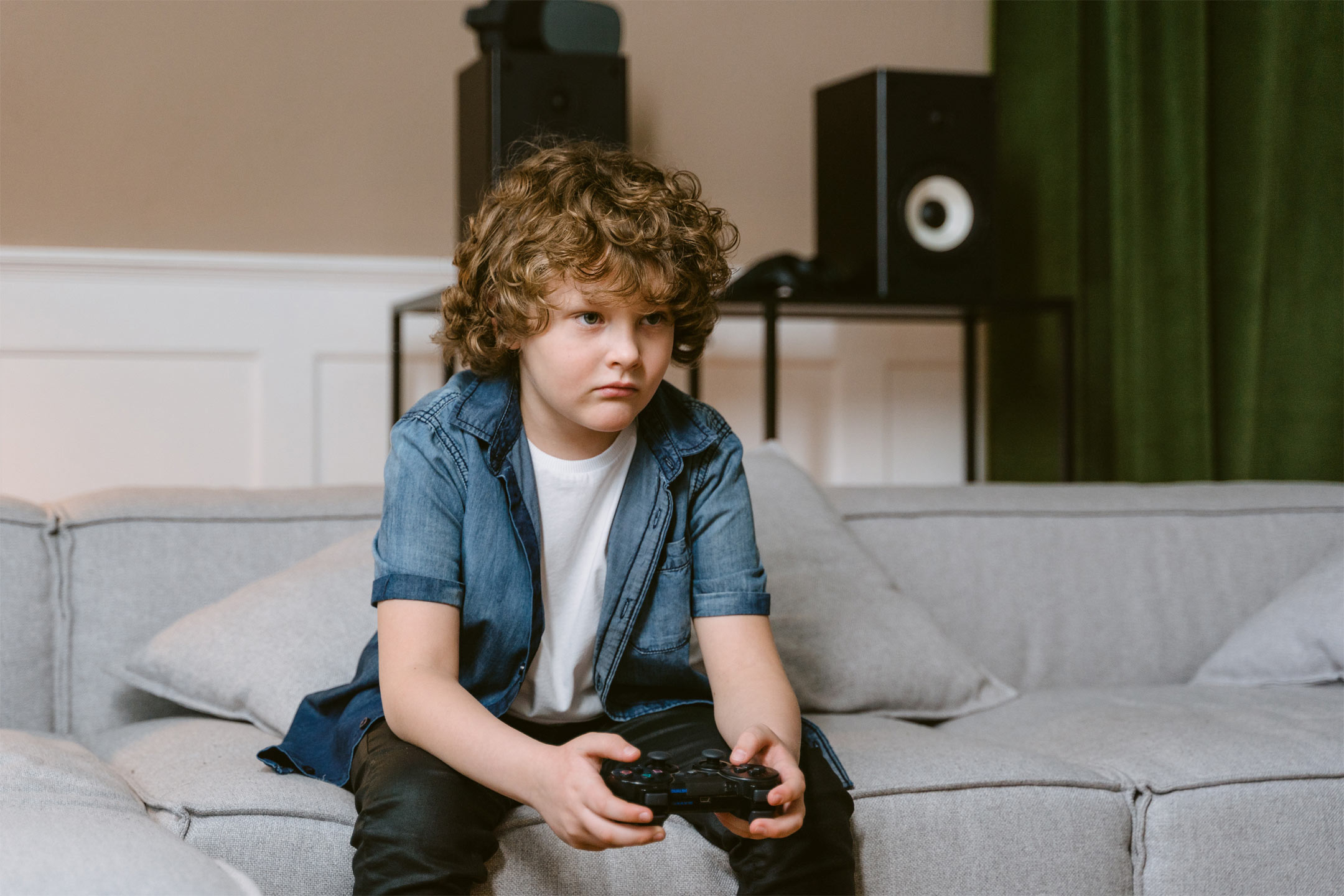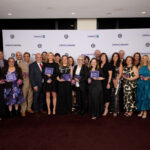
31 Oct New video game helps kids play, learn and empathise
New video game redefines the neurodiverse narrative
“Distracts others, has trouble paying attention and finds it difficult to follow instructions” – these are just some common observations parents, teachers and workplaces often make about people who are neurodivergent.
Challenging Neurodiverse Stereotypes through Gaming
University of South Australia researcher Dr Susannah Emery wants to challenge these views around neurodevelopmental differences such as attention-deficit/hyperactivity disorder (ADHD), autism and dyslexia and help people understand neurodiversity from the inside.
Dr Emery, Lecturer of Game Design and Digital Media at UniSA, is leading the development of a short video game designed to explore living as someone who is neurodivergent in a world that’s designed for neurotypical people.
Life Resounding: A Game Designed for Empathy
The game – Life Resounding – takes players into the mind of someone who is neurodivergent, challenging them to carry out everyday tasks such as concentrate in the classroom or work in an open plan office.
The game then ‘hijacks’ the player’s ability to stay focused by forcing them to gaze out the window or grow agitated when rubbish that should be in the bin keeps appearing on the floor.
Dr Emery, Life Resounding’s game and environment designer, says the game provides an understanding of neurodiversity from the perspective of people who experience different ways of interacting with the world.
Everyday Challenges of Neurodivergent People
“I think it’s important to understand neurodiversity from the inside,” Dr Emery says.
“When most people think about neurodiversity, they think about the medical diagnostic criteria for things like autism and ADHD. But the medical criteria mostly focus on the ways that being neurodivergent affects other people.
“ADHD criteria includes things like ‘doesn’t listen when spoken to directly’. Whereas, from the inside, people with ADHD, like me, might tell you that they listen better when not forced to look at someone’s eyes during the conversation.
“Obviously, every neurodivergent person has different experiences and life situations but I’m hoping that neurotypical people who play this game will consider what it’s like to grow up in these spaces that aren’t designed for people with different ways of looking at the world.
“I’m really hoping that neurotypical people play the game to gain a little bit of an understanding of what being neurodivergent is like. I’d also like neurodivergent people to play the game and maybe relate to some of the situations. This will help open dialogue around neurodivergence.”
Life Resounding’s game programmer George Martin, who is also completing a PhD at UniSA on virtual reality video game development, says this project has helped fulfill his enjoyment for creating video games with a social impact.
Bridging the Gap between Neurotypical and Neurodivergent Experiences
“This project is important to me because there is a message behind it. It can act as a tool of empathy that enables people who don’t understand neurodivergent experiences to have a different perspective,” he says.
“Neurodivergent people are just people who have a different way of seeing the world and it’s hard for them when everything is designed around a neurotypical mindset.”
Music and Audio Design Enhancing Emotional Impact
Musician and game developer John Oestmann developed the Metamidi tool kit to help designers work with a game’s soundtrack when creating complex interactions in the game.
A Tool for Social Impact and Understanding
The toolkit allows designers to shape the audio to enhance the intended emotional impact. For example, a growing sense of frustration with an activity in the game could be conveyed through a gradual increase in tempo or changes in the stability as the player struggles with the task.
Life Resounding was built in Unreal Engine, a computer graphics game engine developed by Epic Games. It has just been released and is available to download online.
See Video Footage about this game.
The project has been assisted by Australasian Performing Right Association and Australasian Mechanical Copyright Owners Society (APRA AMCOS) and the Australian Government through Creative Australia, its arts funding and advisory body. It also received funding support from UniSA Creative and the Creative People, Products and Places Research Centre (CP3).




